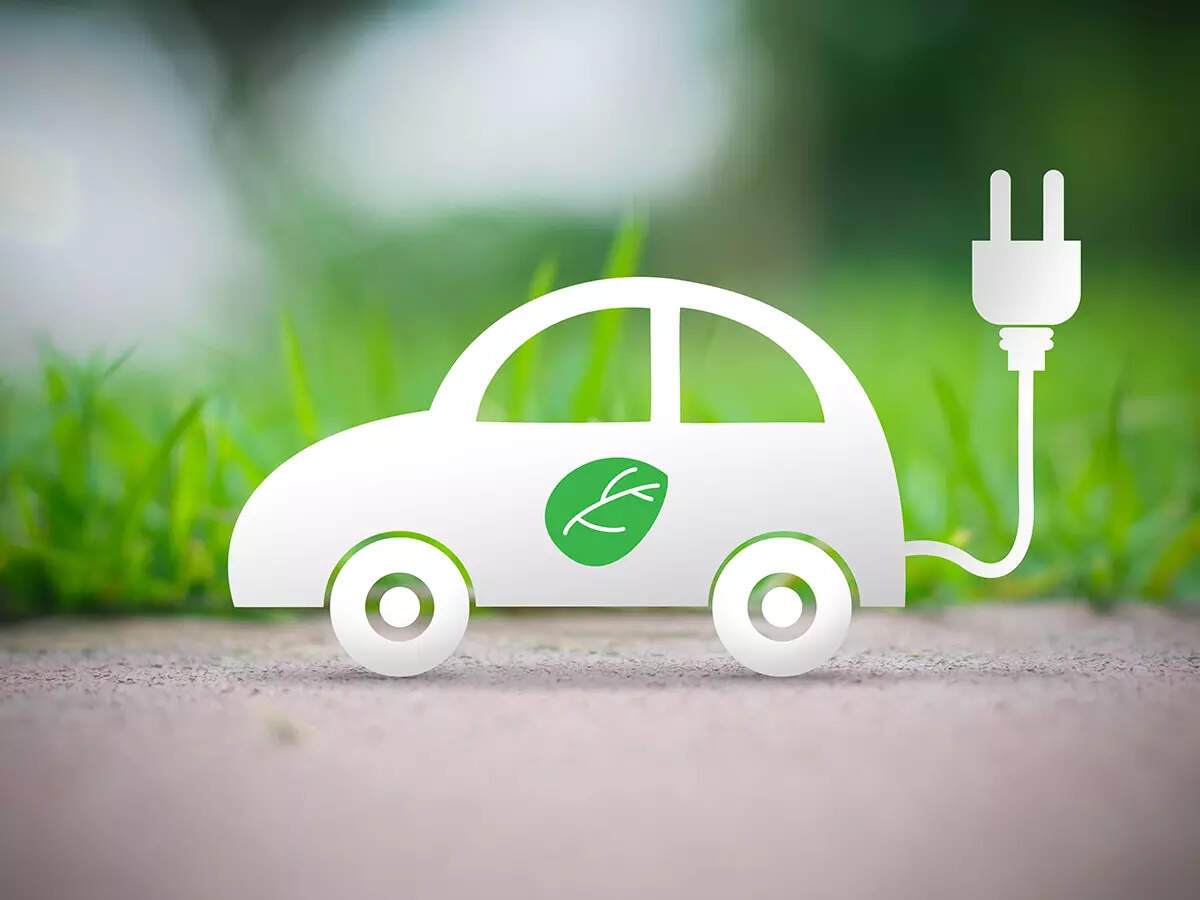
For long, low-selling car models have been a headache for automakers. Now they see a silver lining – going electric.
As the demand for electric cars surges, auto companies are bringing EV versions of several existing internal combustion engine (ICE) vehicles – including those that did not perform to expectations in terms of sales – rather than writing them off.
Spurred by strict new emission regulations, vehicle manufacturers have been left with little choice but to shift focus towards low- or zero-emissions vehicles like battery electric vehicles (BEVs) in a big way. This, coupled with the auto industry‘s vision to fast-track the EV strategy, underpins the model line-up for the next few years.
Mahindra’s KuV100 and Tata’s Nano are likely to see their electric avatars soon. Maruti Suzuki is also evaluating the electric version of Wagon R.
To tide over the transition delays, companies are either using an existing ICE platform or developing a new platform that gives maximum efficiency, which takes time and involves a larger cycle of investments. Some companies are working on both parallelly, launching electric products from existing platforms and working on an all-new EV platform.
Converting ICE Cars Into EVs
“It is probably true that working on an existing ICE platform and modifying it for EV could mean bringing it faster to market. But, of course, it may be suboptimal in terms of efficiency. A new platform for EV could mean an optimised solution in terms of space utilisation, performance, efficiency and other modules of vehicle architecture,” said Shashank Srivastava, Sr ED, Maruti Suzuki.
Tata Motors, the frontrunner in India’s electric mobility space, has already seen success with its conversion of ICE cars into EVs in Nexon, Tigor and Tiago.
Industry sources say the company is likely to re-introduce the Nano hatchback with an electric drivetrain. Tata Motors would have to make significant changes to the platform, suspension and exteriors. Experts say safety and the pricing of the electric variant would be an issue that the company would need to tackle.
“We showcased our aspirations in the EV segment by unveiling our Gen 2 and Gen 3 EVs — the Curvv and the Avinya. The Curvv is expected to enter the market first, backed by our multiple powertrain strategy while the Avinya is will be a pure EV, which depicts our interpretation of the future of mobility,” said Shailesh Chandra, MD, Tata Motors Passenger Vehicles & Tata Passenger Electric Mobility.
Suzuki plans to launch its first BEV in 2025. “Suzuki, which is following a hybrid technology, will help it reduce carbon emissions before it launches its BEVs by circa 2025 and could help the automaker fulfil its ZEV (zeroemission vehicle) transition plans,” said Ravi Bhatia, President, Jato Dynamics.
Also Read:

